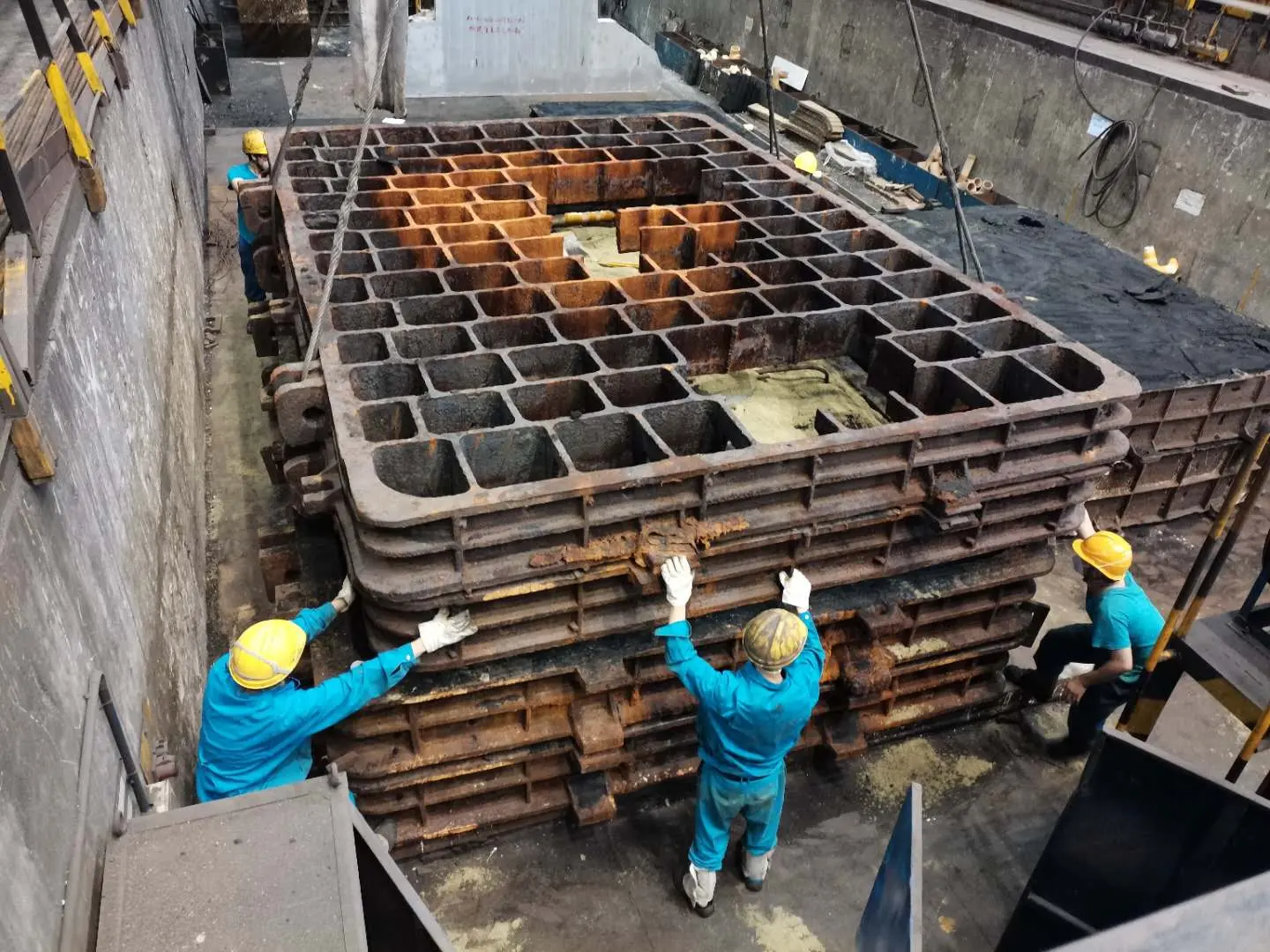

Our trustworthiness is grounded in integrating feedback from industry professionals and hobbyists alike. This collective insight allows us to refine our recommendations continually. For example, feedback has affirmed that the use of ceramic sanding in automotive refinishing drastically improves both workflow speed and finish quality when compared to traditional sanding materials. Another vital consideration is the backing material. Paper, cloth, or fiber backings can affect flexibility and strength. Our recommendations emphasize selecting a backing that aligns with your task's demands. For instance, a cloth-backed ceramic sanding sheet may offer the flexibility required for contoured surfaces, providing both adaptability and resilience. Furthermore, environmental impact is a growing concern. We advocate for the sustainable use and disposal of sanding materials, encouraging practices such as reusing and recycling wherever possible. Aligning with these practices not only enhances the credibility of organizations in the sanding domain but also fortifies their commitment to environmentally sound operations. In conclusion, ceramic sanding is a sophisticated process that, when harnessed effectively, offers unmatched precision and efficiency. Applying our insights and expertise will guide you in selecting and utilizing ceramic sanding products optimally, ensuring high-quality results and sustainable practices. Whether you are an industry professional or a dedicated hobbyist, understanding these dynamics will prepare you to tackle projects with confidence and authority. Post time:Jan . 09, 2025 11:20
Next:The Best Ceramic Sanding Discs for Professionals
